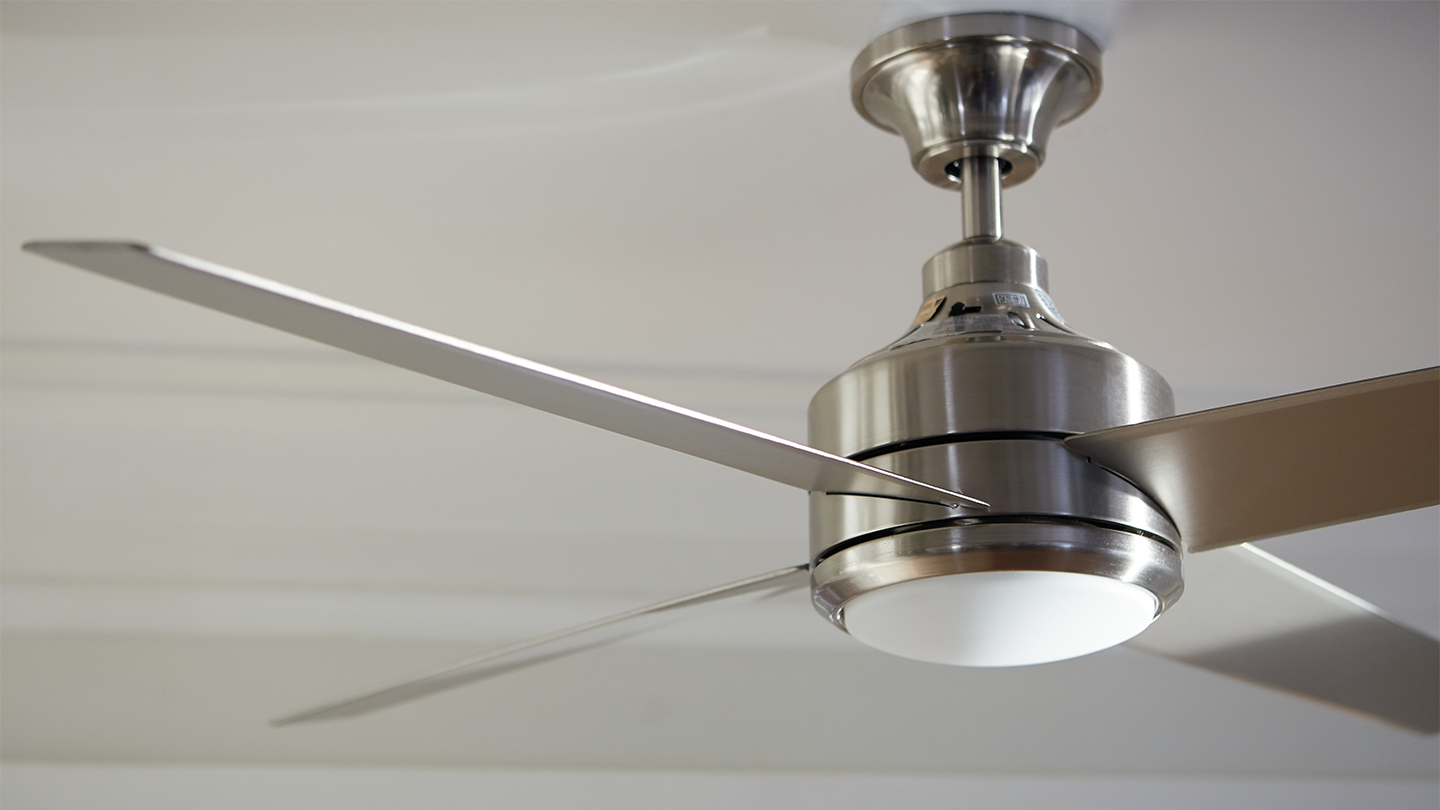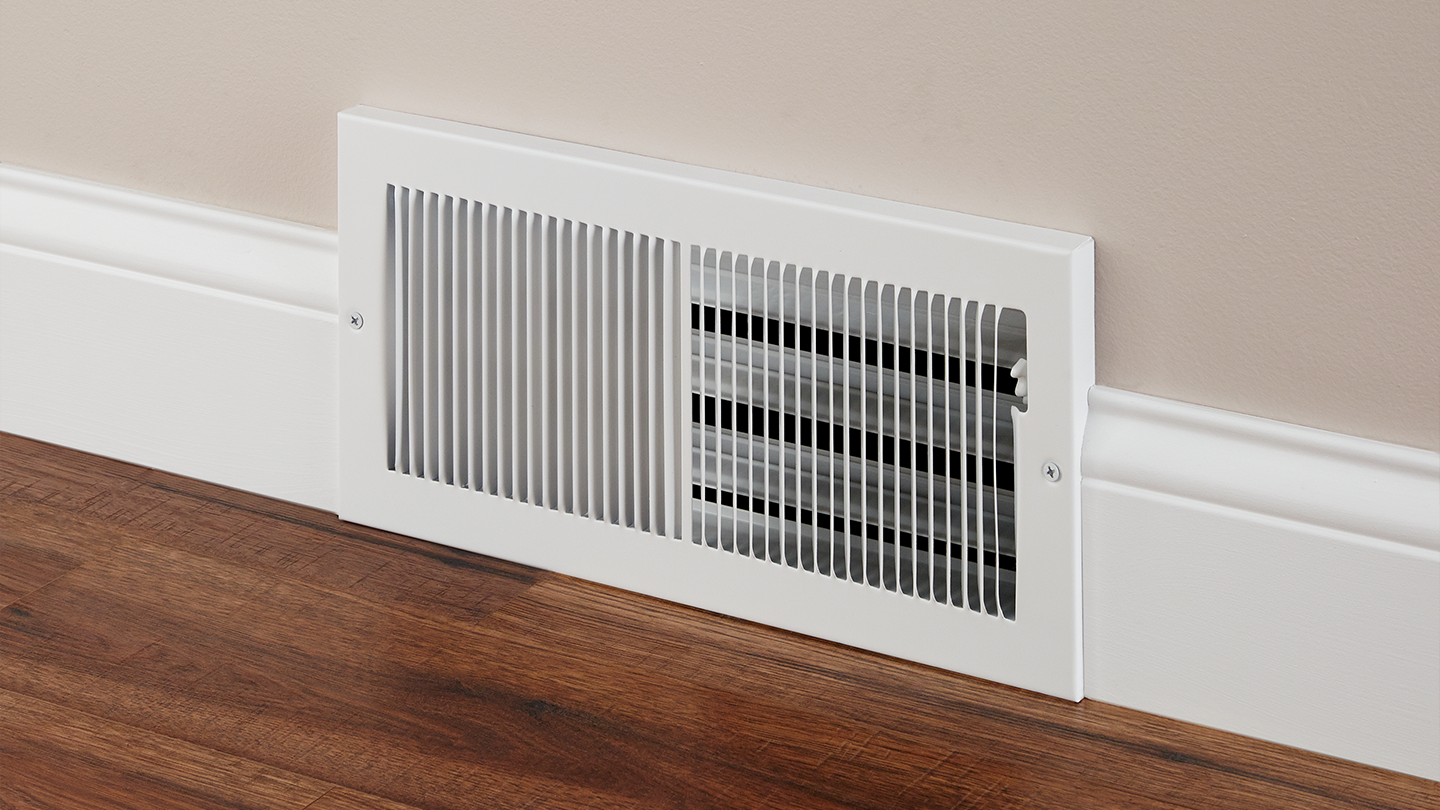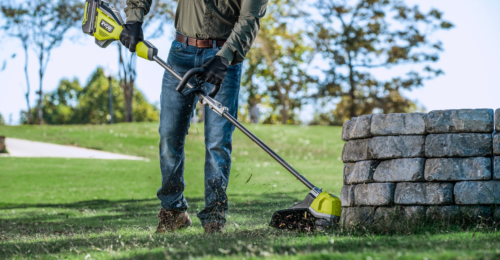Summer heat is so welcome after the chill of winter and spring. And with it comes an opportunity to choose practical solutions and projects to keep your home cool while easing the strain on your power bill. According to the Department of Labor’s Bureau of Labor Statistics, electricity costs are up 29% from 2020, so reducing cooling expenses this summer will help provide some relief to your home’s temperature and your wallet. Here, we provide simple tips and some robust projects to help cool your home in the summer and reduce energy use and expense.
Simple, Affordable (and Some Free) Changes
Cover Windows
In the summer, more than 75% of the direct sunlight that hits windows enters the home as heat. Blocking this heat is key in regulating your home’s temperature. Keeping blinds on windows that receive direct sunlight closed helps deflect heat. This may seem like a small benefit, but it is first on the list of energy.gov recommendations for energy-efficient window coverings. Installing blackout curtains can reduce heat gains up to 33% and applying heat-reducing window film can block 99% of UV rays and reject up to 72% of solar energy.
Air Flow and Ceiling Fans

Keeping interior doors open throughout your home optimizes air circulation, helps regulate temperature and avoids hot spots. Ensuring ceiling fans are rotating counterclockwise will pull warm air up and create a column of cooler air. This helpful article on homedepot.com provides more detail about how ceiling fans work and how to optimize their use in summer and winter. If you do not have ceiling fans, consider installing an ENERGY STAR ceiling fan and seeing how it can change the temperature in a room. According to the Department of Energy, using a ceiling fan with air conditioning will allow you to raise the thermostat setting about 4°F. Moving air this way does not cool the room but cools the skin by evaporating sweat, which causes a “wind-chill” effect.
Remove Moisture
Using an ENERGY STAR dehumidifier in an especially warm area of the home helps cool a room and keeping it set between 30–50% humidity will also fend off mold and mildew growth. Dehumidifiers work by pulling in air and moving it over a cooled coil. The warm air contains water vapor, which becomes condensation and is captured into a receptacle. The dehumidifier then releases cooled and dried air back into the room.
Cool Lighting and Shade
We often recommend LEDs to save energy, but did you know they can also help your indoor air temperature? Incandescent bulbs release 90% of their energy as heat, whereas LEDs emit only 10% of their energy as heat and 90% as light. Using them instead of incandescent bulbs in small spaces like bathrooms is especially effective.
Plants Matter, Too
Strategically planting shrubs or trees to block sun and create shade for your outdoor AC unit will help lower the temperature around it, giving it some relief in the hot summer months.
Heat-Reducing Projects

According to ENERGY STAR, almost half of the energy used in the home goes to heating and cooling, so an annual HVAC system tune-up in the spring or early summer is recommended to ensure you catch any potential problems before a heat wave. Refer to this helpful ENERGY STAR checklist for summer maintenance you can do yourself or for HVAC service providers that offer annual system checkups.
ENERGY STAR also recommends sealing heating and cooling ducts, which can help your system’s energy efficiency by approximately 20%. They recommend starting with ducting that runs through an attic, crawlspace, unfinished garage or anywhere that ducting is susceptible to the elements. More information and a helpful Duct-Sealing Fact Sheet are available on energystar.gov.
Download ENERGY STAR FlyerInstalling a smart thermostat can reduce utility bills by up to $100 a year. These energy-saving wonders learn your preferred settings and automatically adjust themselves. Of course, they also allow you to adjust settings remotely as needed from your phone or smart device. Rebates as high as $100 are available from utility providers in many states, so these devices are more affordable than ever. Find rebates near you at Home Depot’s Rebate Center.
Sealing gaps and cracks around windows, doors, and pipe entry points and adding attic insulation if needed can save 10% on your energy bills. Many windows and door surrounds need caulk added to keep the cool air from seeping outside in the summer. Weather stripping is meant for items that move, including doors and windows that open, and since both weather stripping and door sweeps can deteriorate over time due to contact with the elements, replacing them is recommended when investing in weather sealing and insulating. Likewise, sealing up exterior holes at pipe entry points with Great Stuff foam sealant creates an airtight and weather-resistant seal. This can feel like a big project, but ENERGY STAR tax credits are available, allowing for claims up to $360 and proving this is an effective and important energy-saving project.
Whether you make behavioral changes like covering windows and leaving your interior doors open or invest in a smart thermostat, ceiling fan, or sealing and insulative products, these small and large changes can make a significant impact on your home’s comfort and energy bills. Commit to making at least a few changes this summer and see how different your home can feel.






